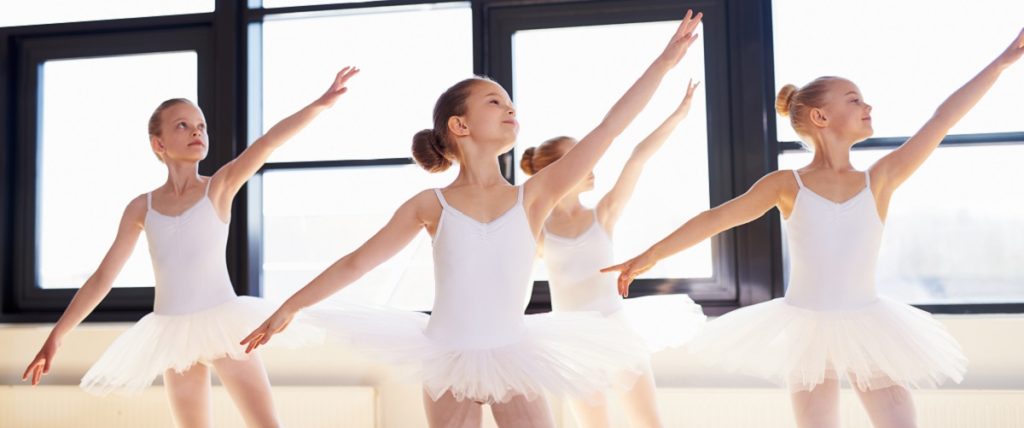- Resources like online tutorials and regular practice can instill discipline and enhance technique and love for dance.
- Exposure to various dance styles and attending dance performances can broaden a child’s cultural understanding and inspire, while positive feedback can boost their confidence and motivation.
- Providing constructive criticism and praise can help nurture children’s resilient attitudes and growth mindset.
- Investing in quality, appropriate dance gear contributes to a dancer’s comfort, performance, and safety and can enhance their sense of belonging and motivation.
Cultivating a love for dance in your child can be a rewarding journey full of rhythm, expression, and joy. This pursuit benefits their physical health and promotes creativity and confidence. Here are some effective strategies to nourish your child’s passion for dancing, fostering an environment that encourages growth, creativity, and a lasting love for this expressive art form.
Enroll your child in ballet dance classes for kids.

Ballet dance classes for kids serve as an incredible foundation to ignite a child’s passion for dance. Beginning with basic postures, movements, and terminologies, these classes gradually introduce young learners to the discipline and precision required in ballet. The structured nature of ballet training promotes physical strength, flexibility, and agility while also instilling discipline and focus.
Moreover, the beauty and grace inherent in ballet can help children develop an aesthetic appreciation from an early age. Their confidence, creativity, and self-expression are enhanced as they learn to interpret music and express themselves through movement. These classes can be a significant stepping stone, inspiring a lifelong love for dance, whether the child pursues ballet professionally or simply enjoys it as a recreational activity.
Encourage regular practice.
To foster a consistent dance practice routine, make dancing a part of your child’s everyday life. A dedicated practice time not only improves technique over time but also helps in instilling a sense of discipline. Use online resources and dance tutorials if attending daily dance classes isn’t feasible.
Encourage your child to learn new moves, routines, and styles, broadening their dance vocabulary and skills. Remember, the aim is not to pressure the child but to make dance practice fun and enjoyable. Recognize and praise their improvement, no matter how small, which will motivate them to continue.
Regular practice will enhance their physical prowess and build their confidence, resilience, and love for dance. With time, they will begin to understand the language of dance and how to express themselves creatively through their movements.
Nurture their creativity.
Cultivating creativity is crucial to dance education, encouraging children to explore, improvise, and express their unique perspectives through movement. Here are some tips:
Expose them to various dance forms.

Introducing your child to various dance forms opens up a world of cultural understanding, unique styles, and diverse techniques, enriching their dancing journey. Dance styles such as hip-hop, contemporary, jazz, folk, or tap dancing carry unique rhythms, narratives, and expressions.
Attending performances, watching dance videos, or experimenting with different dance classes can effectively expose your child to these diverse dance forms. As they explore and experience different styles, they may discover a form that resonates profoundly with them.
Equally important, learning about various dance forms can foster a sense of respect and appreciation for different cultures and traditions. This exposure broadens their dance horizons and nurtures a more inclusive and empathetic viewpoint.
Attend dance performances together.
Attending dance performances together can be a richly rewarding experience, providing the opportunity to witness the boundless possibilities of dance as an art form. Witnessing professionals perform can inspire and motivate your child, showcasing the potential they can achieve with dedication and practice.
It’s also a wonderful way to expose them to various dance styles, from the grace and precision of ballet, the rhythm and energy of hip-hop, to the emotional depth of contemporary, among others. Furthermore, seeing live performances can help children understand the importance of practice, discipline, and the emotional connection that dance can convey.
It’s also an excellent way to spend quality time together, creating shared memories around their passion for dance. Always discuss the performances afterward, encouraging their thoughts and feelings to foster a deeper appreciation and analytical understanding of dance.
Provide positive feedback.
Positive feedback is instrumental in boosting a child’s confidence and motivation. When your child makes progress, no matter how small, acknowledging their hard work and improvement can significantly enhance their self-esteem. Praise their efforts and perseverance, not just achievements, to foster a growth mindset.
It’s crucial to communicate that success in dance isn’t merely about perfecting movements or mastering techniques. Instead, it’s about expressing oneself, enjoying the process, and embracing continuous learning.
Constructive criticism is also essential, but it should always be coupled with encouragement and a focus on improvement. Creating a supportive, positive environment can help your child develop a resilient attitude towards challenges and a passion for dance that can last a lifetime.
Invest in quality dance gear.
Investing in quality dance gear is another essential aspect of nurturing a love for dance in your child. The right attire and equipment can significantly affect a dancer’s comfort, performance, and safety. Different dance forms require specific types of shoes and clothing; for instance, ballet necessitates ballet slippers and leotards, while hip-hop may call for loose, comfortable clothes and sneakers.
Additionally, good quality dancewear can enhance a child’s sense of belonging in a dance class, making them feel like a part of the community. It can also boost their confidence and motivation to perform. When choosing dance gear, comfort and fit should be prioritized over appearance.
Parents should ensure that the dancewear fits well, is not restrictive, and is appropriate for the specific dance style. Remember, investing in your child’s dance training includes investing in the right dance gear.
In conclusion, as a parent, your role in fostering and nurturing your child’s love for dance is crucial. So, step onto this rewarding path together and let your child’s dance story unfold. Ready to create the next dance superstar? The stage is set!

